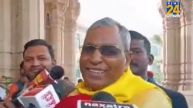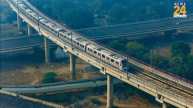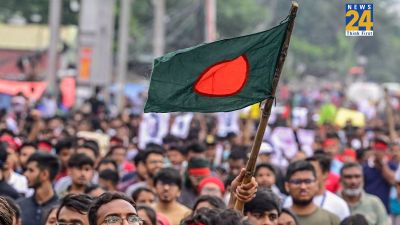Indian democracy is embarking on a momentous journey this Ganesh Chaturthi as Parliament gathers in its new building. Prime Minister Narendra Modi, on the inaugural day of the Special Parliament Session, opened a spirited discourse on the 75-year legacy of the Indian Parliament. His speech carried a touch of nostalgia and reverence as he bid an emotional farewell to the old parliament building, an enduring symbol of India’s colonial past.
In his address, Modi paid tribute to the old building’s illustrious history, which witnessed seminal moments, including the adoption of the Indian Constitution. The original Parliament building, an architectural masterpiece designed by British architects Sir Edwin Lutyens and Herbert Baker, came into existence in 1927, making it over 90 years old. Its iconic structure and historical significance have made it a symbol of India’s democratic journey.
Prime Minister Modi evoked the memories of past leaders who had graced the hallowed halls of the old Parliament building, including Jawahar Lal Nehru and Atal Bihari Vajpayee. He cited Nehru’s historic “at the stroke of midnight” speech and Atal Ji’s vision for the nation as enduring inspirations that continue to shape India’s political landscape.
What Will Happen To The Old Parliament Building?
The inauguration of the new parliament building in May this year marked a significant milestone in India’s democratic evolution. However, the fate of the old Parliament building is not one of demolition. Government sources have clarified that it will undergo a process of retrofitting, enhancing its utility for various parliamentary events.
This approach ensures that the historical and architectural significance of the old building is preserved while making it more functional for modern needs.
Crucially, the old Parliament building is considered an archaeological asset of great national importance, and efforts will be made to conserve its heritage. Moreover, there are discussions about transforming the historic structure into a museum, allowing future generations to connect with India’s democratic heritage.













